When you’re checking out at the grocery store, do you ever sneak a peek into your neighbors shopping cart to see what they’re purchasing? You can make certain assumptions off of buying behaviors:
Chocolate, marshmallows, graham crackers? I’m guessing campfire s’mores.
Cough syrup, tea bags, tissues? Maybe someone in their house has a cold.
Bag of ice, six pack, sun block? Perhaps some time on the water or a BBQ.
Of course, these are all generalizations. But by expanding on these ideas, you might think of additional items these shoppers would want to put in their basket.
If you’re making smores, you might want skewers, napkins, and bug spray
If you’re feeling sick, you might want soup, crackers, and a movie to watch
If you’re heading to a BBQ, you might need snacks. Or even better, you may be looking to purchase your own grill when you get home.
This is the idea behind market basket analysis, but instead of working based on assumptions, you can use data to see purchasing patterns between any two products. In this article, we’ll dive deeper into this concept, discussing:
What is market basket analysis?
But first, let’s start with the basics. Market Basket Analysis (MBA) is a data mining technique that helps businesses uncover relationships between products frequently purchased together—hense, it’s often referred to as association analysis. This type of analysis is based on the principle that if a customer buys one item, they are likely to buy another item(s) as well. By analyzing transactional data, such as customer purchase history or shopping cart contents, MBA aims to identify patterns and associations among products.
Like our example above, the concept of market basket analysis originated from the retail analytics industry—specifically from the idea of analyzing the contents of a customer's shopping basket. However, it has since found applications in various domains, including e-commerce, telecommunications, healthcare and life sciences analytics, and more. MBA provides valuable insights into customer behavior and can be utilized to improve business strategies, marketing campaigns, and operational decisions.
There are three main concepts you need to know in order to successfully understand market basket analysis.
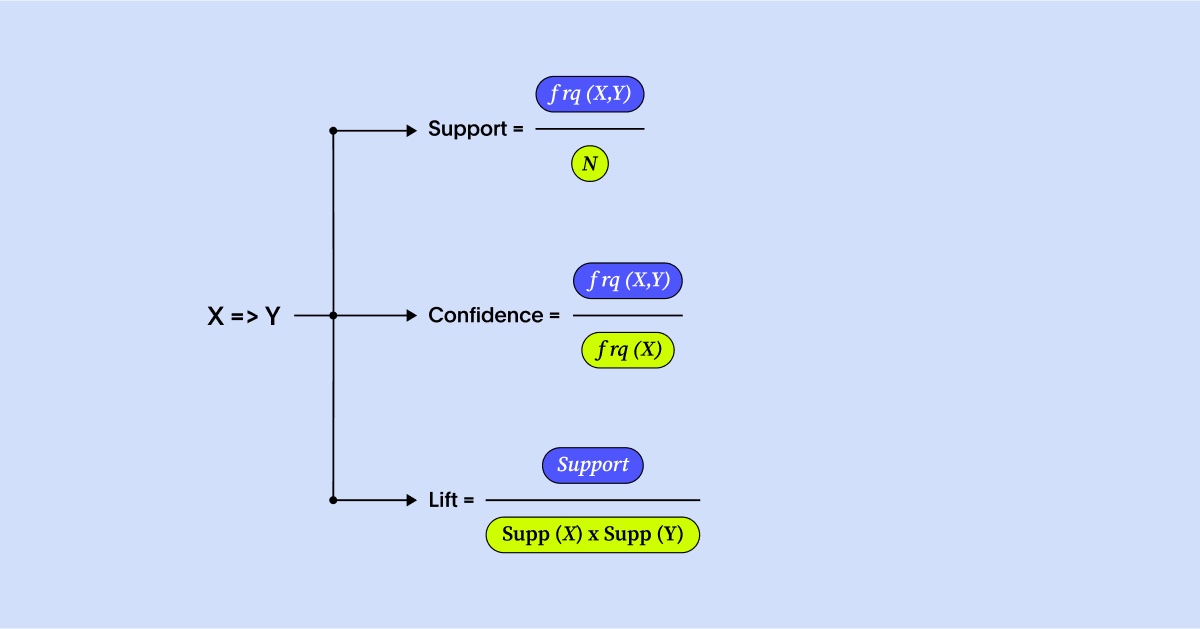
Support
Support refers to the frequency or occurrence of a specific combination of items in the dataset. It indicates how often a particular itemset appears in the transactions being analyzed. Support is calculated by dividing the number of transactions containing the itemset by the total number of transactions. It helps identify the popularity and significance of a specific association rule.
Confidence
Confidence measures the reliability or strength of an association rule. It determines the likelihood that if a customer purchases one item, they will also purchase another item. Confidence is calculated by dividing the support of the combined items by the support of the antecedent item. A high confidence value indicates a strong relationship between the items.
Lift
Lift is a metric that evaluates the strength and importance of an association rule. It measures the increase in the likelihood of purchasing the consequent item when the antecedent item is purchased, compared to the expected probability of purchasing the consequent item. Lift values greater than 1 indicate a positive correlation between the items, suggesting that the items are more likely to be purchased together.
Identifying product associations
Market basket analysis helps businesses uncover hidden relationships and associations between products. By understanding which items are frequently purchased together, companies can optimize their inventory management, identify product bundling opportunities, and improve overall sales.
Cross-selling and upselling opportunities
MBA enables businesses to identify cross-selling and upselling opportunities. By analyzing customer purchase patterns, companies can recommend complementary or higher-value products to customers, thereby increasing average order value and driving additional revenue.
Enhancing customer understanding
By gaining insights into customer behavior and preferences, market basket analysis allows businesses to better understand their customers. This understanding can help tailor marketing campaigns, personalize communications, and create targeted offers, leading to improved customer satisfaction and loyalty.
Optimizing product placement
Market basket analysis can assist in optimizing product placement within physical stores or on e-commerce platforms. By identifying frequently associated products, businesses can strategically position items to enhance visibility, encourage cross-category purchases, and increase overall sales.
Personalizing recommendations
Leveraging market basket analysis, businesses can provide personalized recommendations to customers. By recommending products based on a customer's past purchase history or items frequently purchased together, companies can enhance the customer experience, drive repeat purchases, and foster long-term customer relationships.
Here's a breakdown of the key stages involved in conducting market basket analysis:
1. Data collection
The first step in market basket analysis is to gather transactional data containing information about customer purchases. This data can be obtained from various sources, such as point-of-sale systems, e-commerce platforms, or customer loyalty programs. The data should include details such as customer identifiers, transaction IDs, and the items purchased.
2. Preprocessing and transformation
Once the data is collected, it needs to be preprocessed and transformed into a suitable format for analysis. This step involves removing any irrelevant or duplicate data, handling missing values, and converting the data into a transactional format where each row represents a unique transaction and the items purchased within that transaction. By ensuring data quality from the start, you improve the quality of your insights down the road.
3. Association rule mining
Association rule mining is the core process of market basket analysis. In this step, algorithms such as the Apriori algorithm or the FP-Growth algorithm are applied to the preprocessed data to discover frequent itemsets and generate association rules. Frequent itemsets are sets of items that appear together in a significant number of transactions, while association rules represent the relationships between items based on their co-occurrence.
4. Rule evaluation and selection
After generating a set of association rules, the next step is to evaluate and select the most relevant and actionable rules. This involves applying various measures such as support, confidence, and lift to assess the significance and strength of each rule—higher values are typically considered more reliable and valuable for further analysis.
5. Generating insights and recommendations
The final step of market basket analysis is to interpret the generated rules and derive meaningful insights and recommendations. These insights can help businesses understand customer behavior, identify product associations, optimize pricing and promotions, enhance cross-selling and upselling strategies, and improve overall business performance.
Recommendations based on the association rules can be used to influence a number of initiatives—let’s explore a few:
Retail and e-commerce
Market basket analysis is widely used in the retail and e-commerce industries to understand customer purchasing patterns, optimize product assortments, and improve the overall shopping experience. It helps retailers identify popular product combinations, suggest complementary items, and create targeted promotions to increase sales and customer satisfaction.
Consider a company like Fabuwood—a Newark-based cabinet manufacturer. By assessing the purchasing associations between a particular line of high-end cabinets and an upsell organization feature, they could work to cross sell these enhancements during the client consultation. These are the types of insights they’ve been able to unlock since enabling self-service analytics with ThoughtSpot.
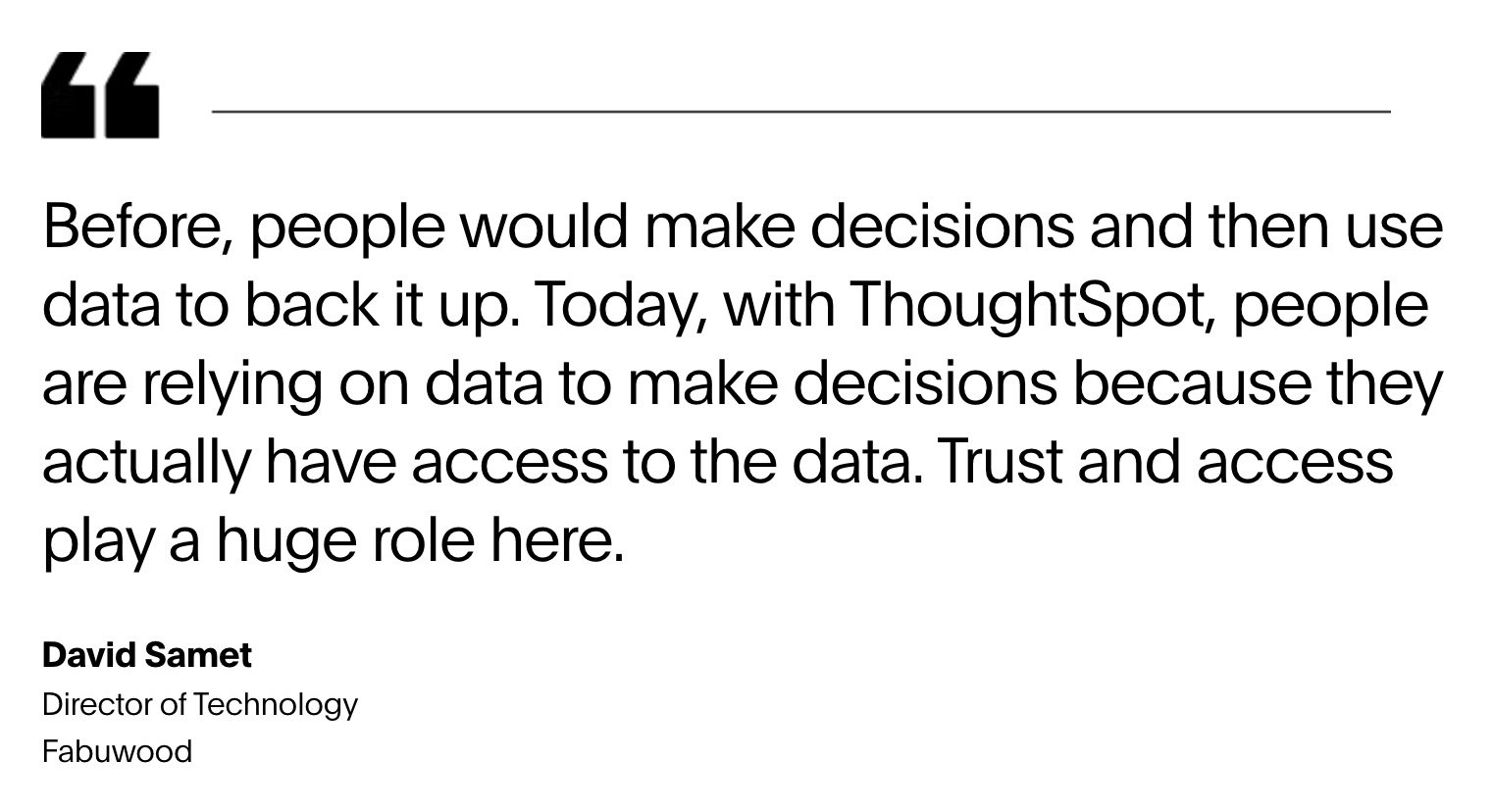
Marketing and campaign optimization
Let’s stroll back to our grocery store example. Ever wondered why there is bug spray by the marshmallows? Product placement is a major way that market basket analysis is used in the marketing world. But the digital age created a new wealth of opportunities.
Market basket analysis provides valuable insights for optimizing marketing campaigns. By understanding which products are frequently purchased together, businesses can design cross-promotional campaigns, tailor advertisements based on customer preferences, and target specific customer segments with personalized offers—leading to more effective marketing strategies and improved campaign ROI. Using marketing analytics, you can also monitor the success of these campaigns to ensure your initial analysis was correct and/or iterate based on new data insights.
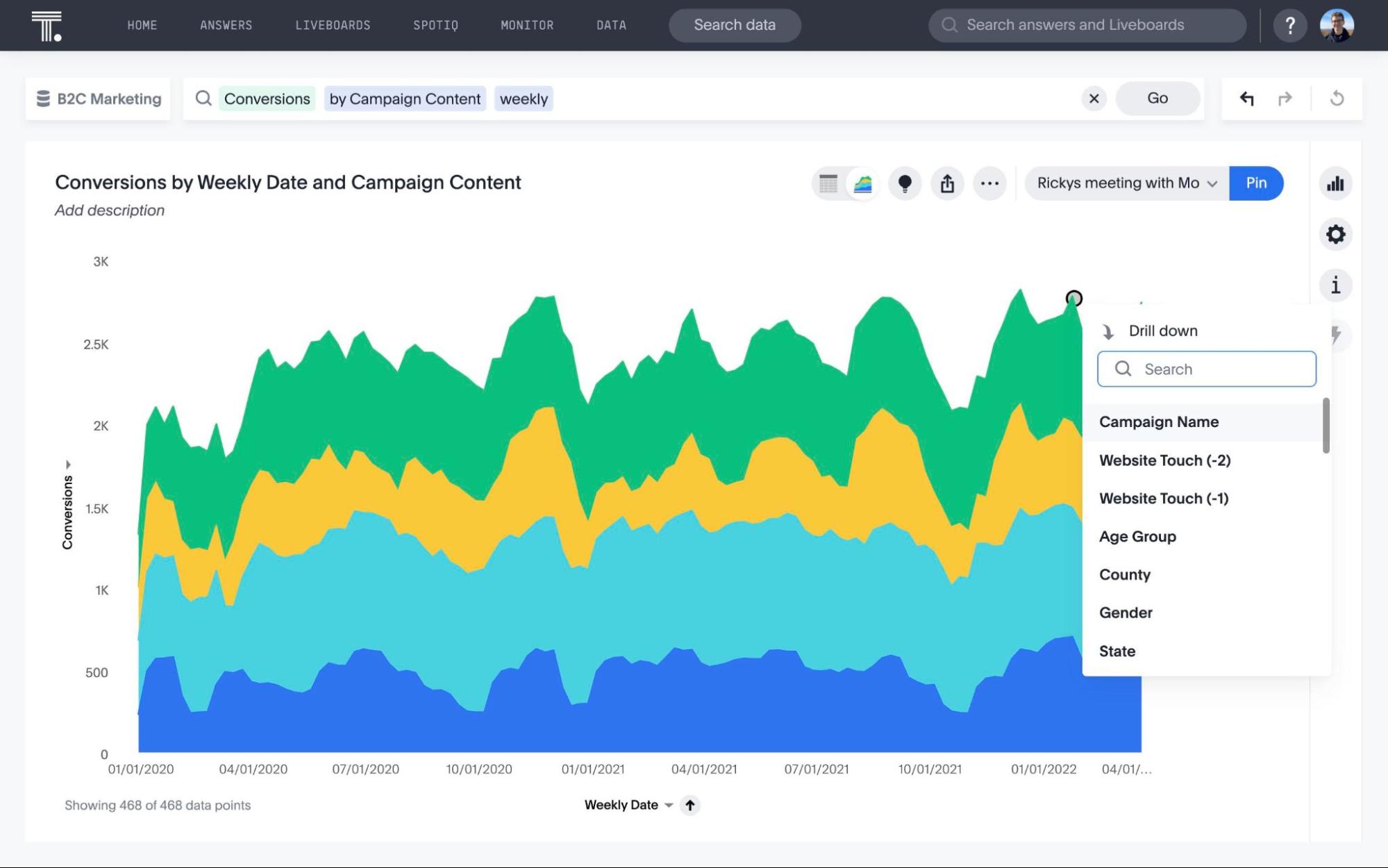
Inventory management
Market basket analysis helps businesses optimize their inventory planning by identifying items with strong associations. By analyzing purchase patterns, companies can ensure sufficient stock availability for frequently associated products, adjust procurement and replenishment strategies, and reduce inventory holding costs while meeting customer demand effectively. These inventory optimization techniques are especially helpful for low-margin, high-competition scenarios.
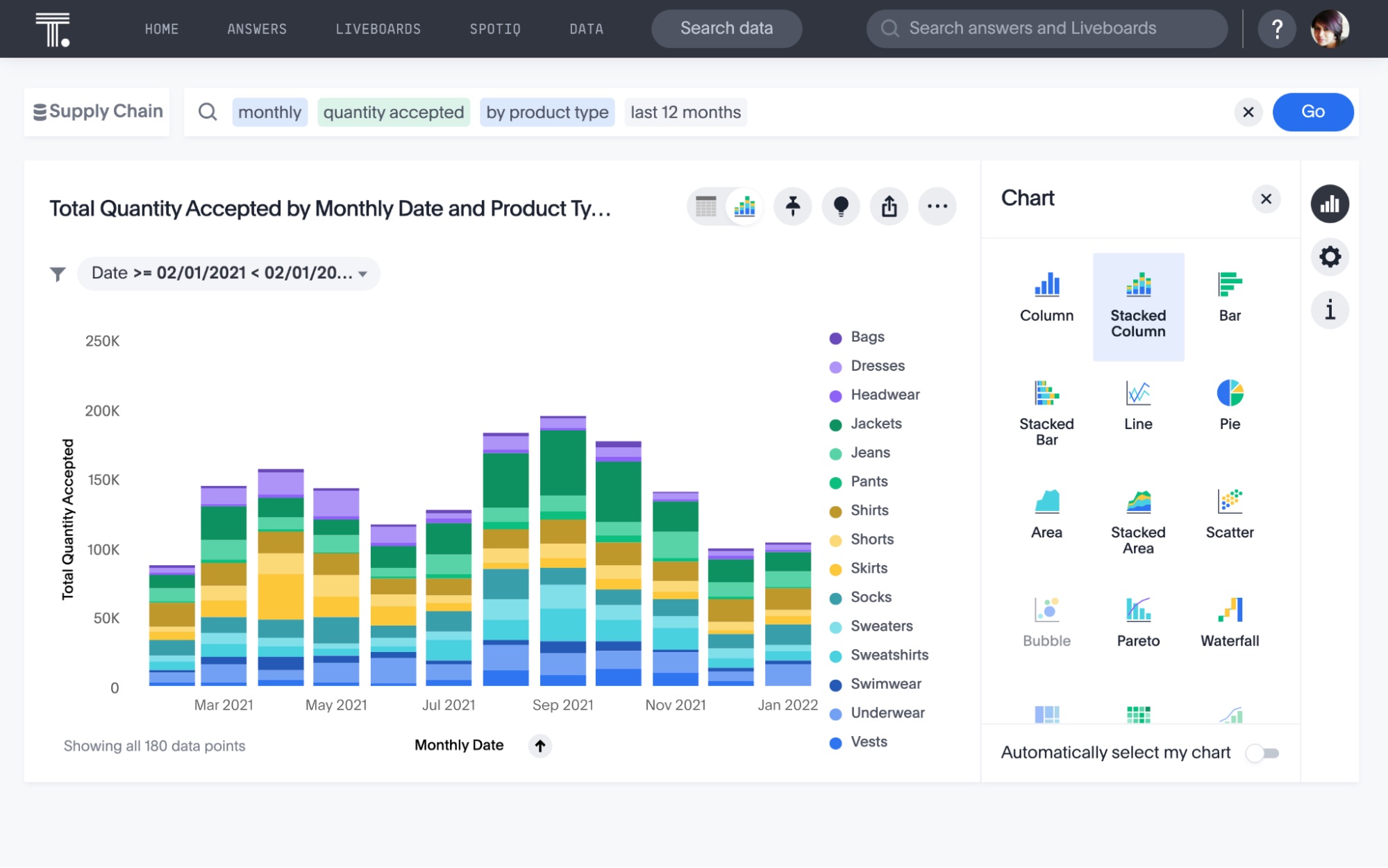
Menu engineering
In the restaurant and hospitality industry, market basket analysis can also be used for menu engineering. By analyzing customer preferences and identifying popular item combinations, restaurants can design menus that strategically position items with high associations, optimize pricing strategies, and create appealing meal packages to increase sales and profitability.
This goes beyond burgers and fries. We’re talking drink pairings, soup and salad rounds, and how many sides of blue cheese dressing do you need to order with hot wings. Depending on the size and seasonality of your menu, these items might change often. So having AI in your corner to help you identify those trends can come in handy.
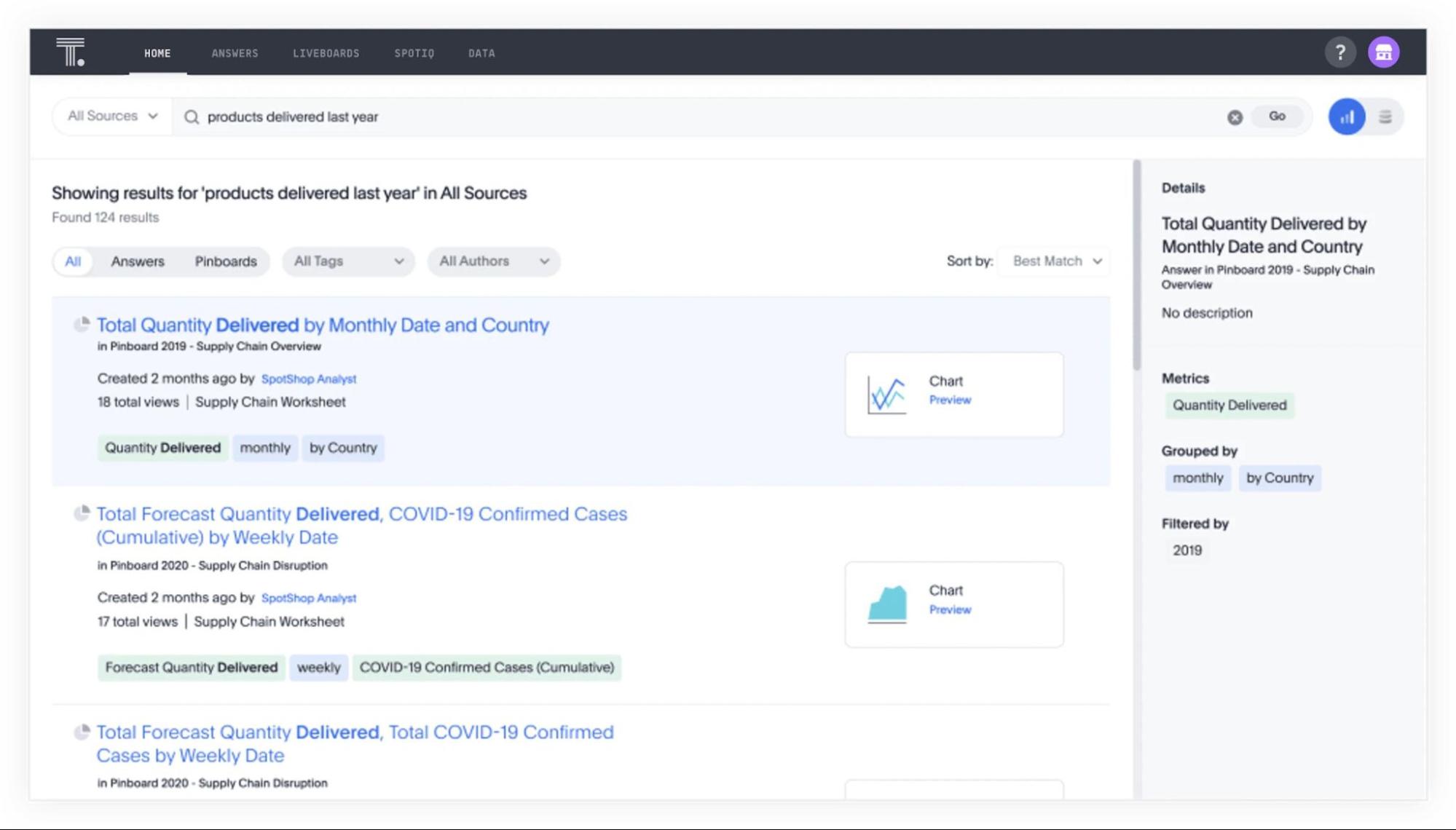
To ensure successful implementation and accurate results, it is important to follow best practices throughout the process. Here are some key considerations for implementing market basket analysis effectively:
1. Data quality and preparation
Data quality plays a crucial role in the success of market basket analysis. It is important to ensure that the data used for analysis is accurate, complete, and free from errors—discover additional data quality metrics here. Conduct data cleansing and preprocessing to remove duplicates, handle missing values, and eliminate outliers. Additionally, ensure that the data is representative of the target population and covers an adequate time period to capture relevant patterns.
2. Choosing the right algorithms
Selecting the appropriate algorithm is vital for accurate and efficient market basket analysis. Popular algorithms include Apriori, FP-Growth, and Eclat. Each algorithm has its own strengths and considerations. Consider the size of the dataset, computational resources available, and the desired level of granularity when choosing the algorithm. Experiment with different algorithms to find the one that best fits your data and analysis goals.
3. Setting support and confidence levels
Support and confidence levels are essential parameters in market basket analysis. Support represents the minimum threshold of occurrence for an itemset to be considered significant, while confidence measures the strength of association between items. It is important to set these levels carefully based on the specific business context and goals. Adjusting the support and confidence thresholds can impact the number and quality of discovered association rules. Balancing between too strict and too lenient settings is crucial to obtain meaningful insights.
4. Continuous monitoring and updating
Of course, market basket analysis should not be a one-time exercise. It’s not just about setting the right support and confidence levels, but also about monitoring the success of your campaign in both the short and long term. Customer preferences and behaviors change over time, so it is important to continuously monitor and update the analysis.
Using a real-time business intelligence solution, you can implement a system to regularly collect new transactional data and refresh the analysis to capture evolving patterns. By staying up-to-date, businesses can uncover new associations, adapt their strategies, and make informed decisions based on the latest customer behavior trends.
5. Interpretation and actionable insights
Implementing market basket analysis is not just about generating association rules but also about deriving actionable insights. Carefully interpret the results to gain meaningful insights into customer behavior and preferences. Identify patterns that can be translated into tangible actions—such as cross-selling opportunities, targeted promotions, or product placement optimizations. Collaborate with relevant stakeholders, such as marketing and merchandising teams, to translate insights into actionable strategies and campaigns.
6. Ethical considerations and privacy
Respect customer privacy and comply with data protection regulations when implementing market basket analysis. Ensure that customer data is anonymized and aggregated to protect individual identities. Obtain necessary consent and permissions to use customer data for analysis. Adhere to ethical practices and maintain data security throughout the process to build trust with customers and maintain regulatory compliance.
A modern, accessible approach to market basket analysis
If you’ve made it this far, you’re no doubt thinking this could be good for business—we agree. But why aren’t you, and others, already incorporating market basket analysis into your business? It takes time. If you don’t have a room full of dedicated analysts working round the clock to rationalize every SKU and analyze every abandoned cart, you’re no-doubt already feeling the squeeze of inventory management—market basket analysis is low on your to-do list.
But that’s where ThoughtSpot can help. Our AI-Powered Analytics solution lets you ask natural language data questions, drill down to find product purchasing correlations, and monitor the success of your campaigns—no SQL required.
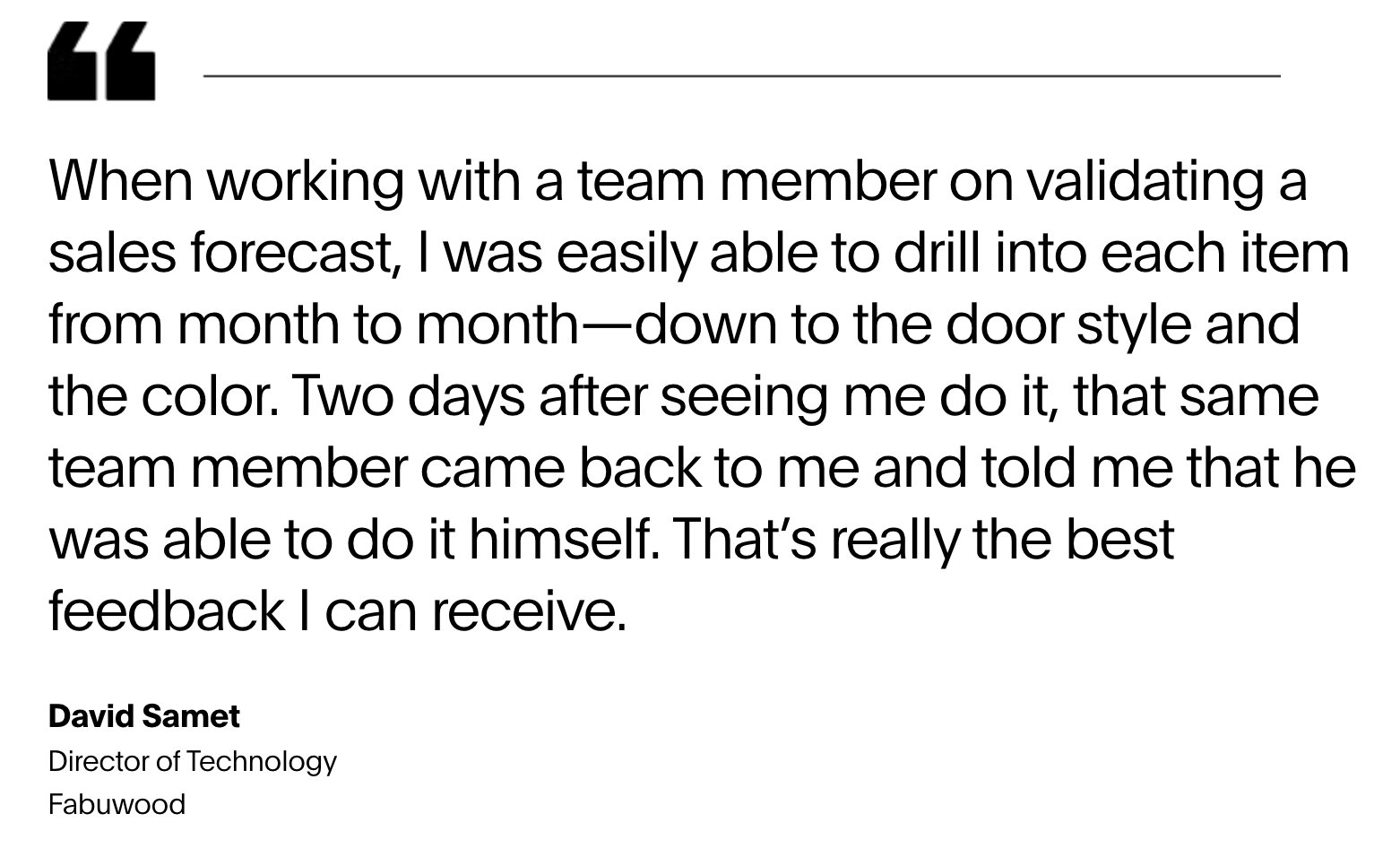
At ThoughtSpot, we know you don’t need to be a trained analyst to know how to assess your business data. By providing you real-time access to your business data, you can test your hypothesis, improve data-driven decision making, and find ways to improve your bottom line. And you don’t have to pay a cent to get started. Just sign up for our 14-day free trial, or schedule a complimentary demo to build your first ThoughtSpot use case.









